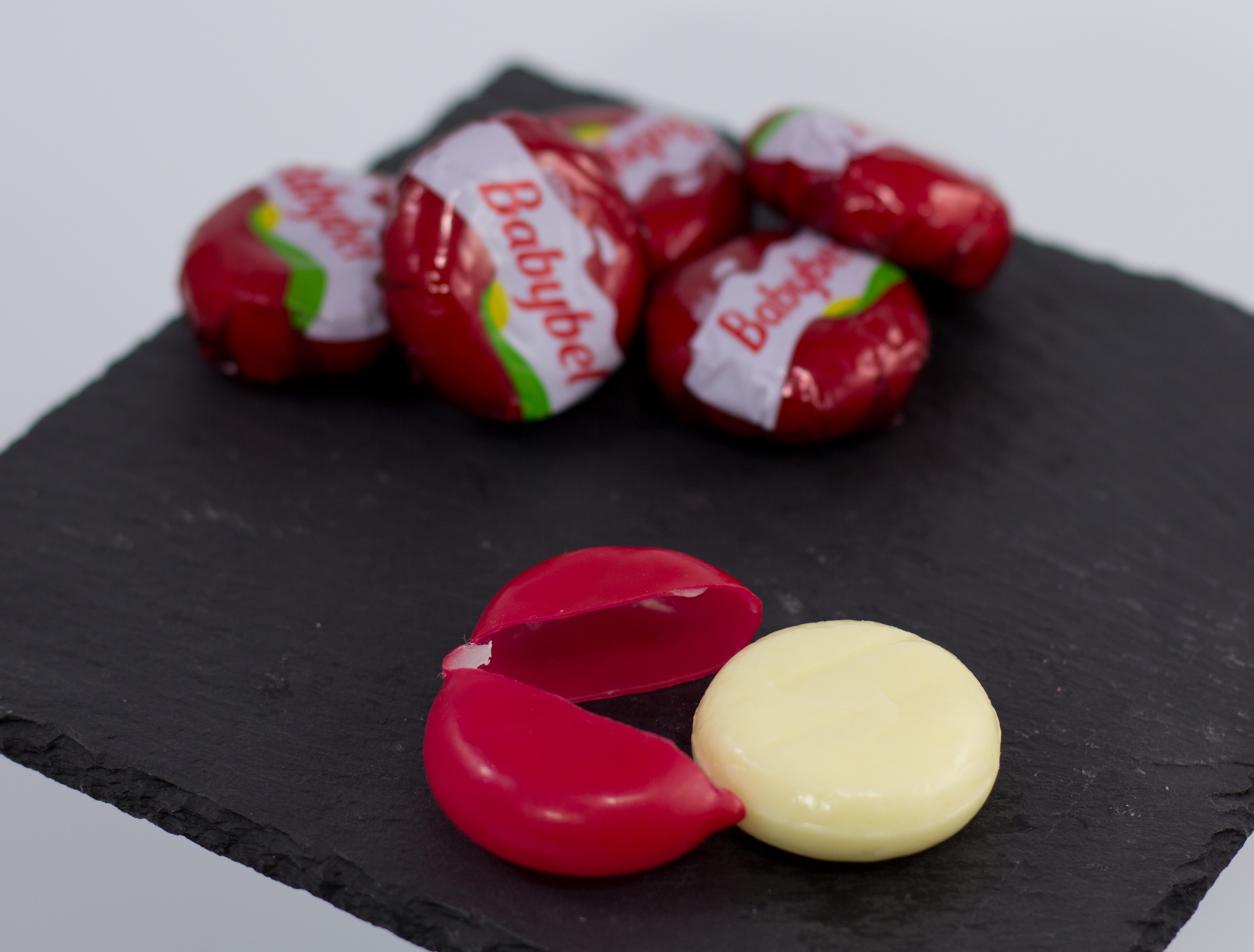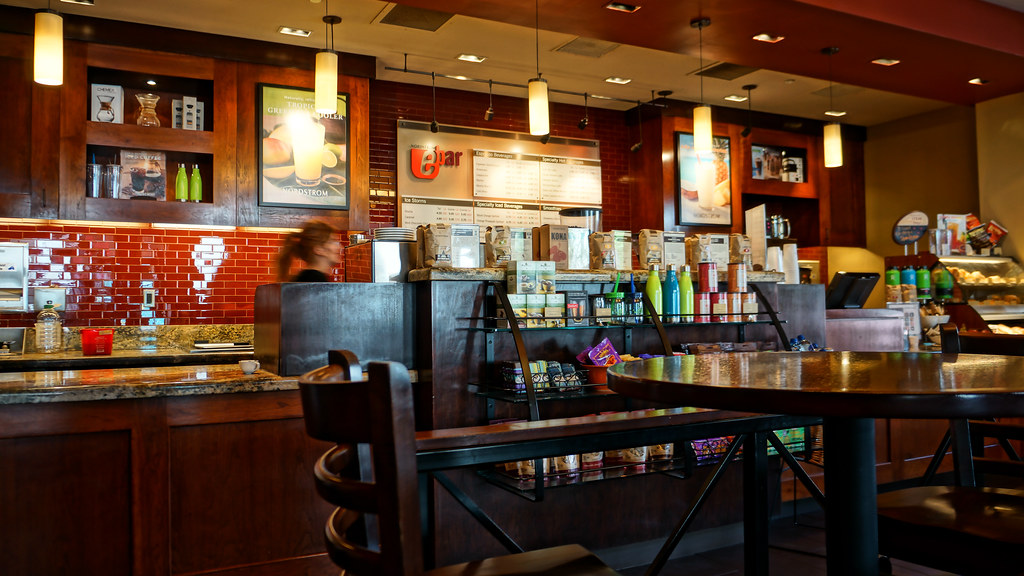
The hum of innovation is growing louder, transforming the very fabric of our everyday conveniences. In the vibrant, health-conscious landscape of juice bars and quick-service eateries, a significant shift is underway, one that promises to reshape how we access our daily dose of blended goodness. We are standing at the precipice of a robotic revolution in refreshments, where the precision of automation meets the demand for personalized health, ushering in an era of unparalleled efficiency and accessibility for consumers eager for their next fresh smoothie.
Imagine a world where your perfectly crafted, plant-forward smoothie is prepared not by human hands, but by an intelligent robotic arm, precisely calibrated to deliver consistency and speed. This is no longer a distant, futuristic vision; it’s a tangible reality that has begun to unfold, spearheaded by industry leaders who recognize the immense potential of integrating advanced robotics into the quick-service beverage sector. This is about more than just a drink; it’s about a complete reimagining of the customer experience, driven by technological foresight and a keen understanding of evolving consumer habits.
A pivotal moment in this unfolding narrative arrived with the strategic venture between juice chain Jamba and robotics company Blendid. This collaboration has culminated in the unveiling of a new automated smoothie-making kiosk, a co-branded unit that signals a bold leap into the realm of robotic food preparation. It’s a remarkable development that positions Jamba, with its extensive network of over 850 locations worldwide, including approximately 360 in California, at the forefront of this technological wave, demonstrating a clear commitment to leveraging innovation for growth.
This groundbreaking kiosk, where Blendid is licensing the robot to Jamba, made its debut inside a Walmart in Dixon, California, marking a significant milestone in the broader landscape of fully automated, vending machine-esque devices. While many similar concepts like Piestro and Bobacino are still in their nascent stages of fundraising and marketing, this Jamba-Blendid installation represents a tangible, operational example of what these stand-alone bots are pitched to offer: a revolutionary way for restaurants to expand their footprint and provide a truly unique, future-forward experience for their guests.
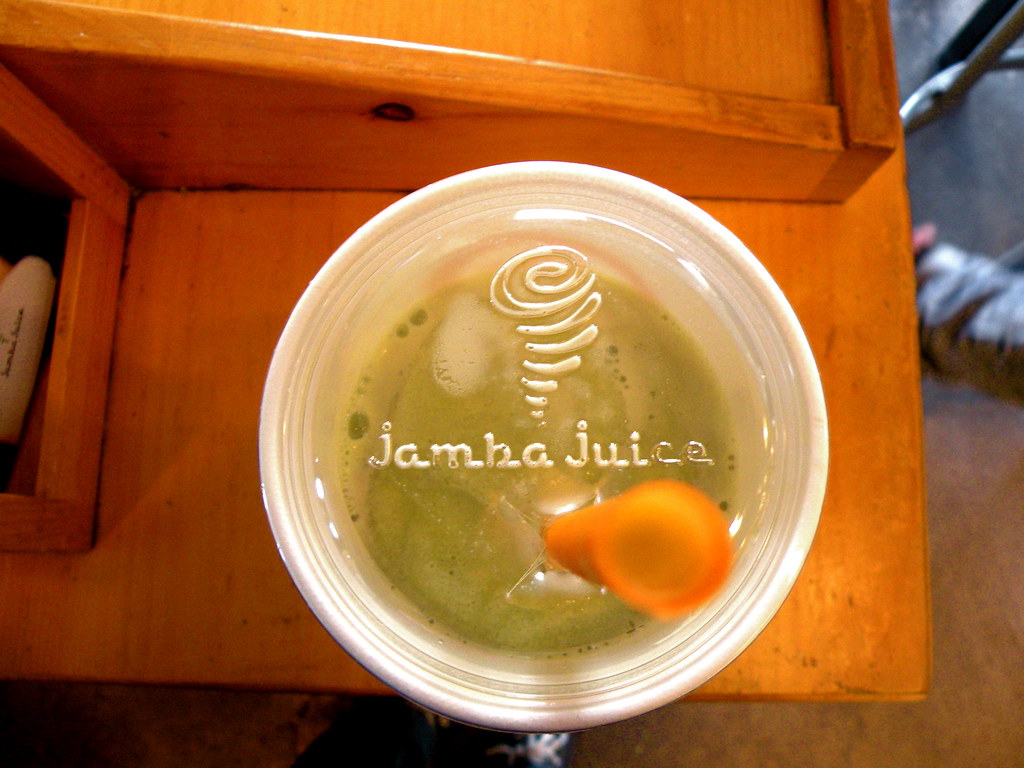
The strategic rationale behind such an ambitious undertaking is clear and compelling. As Vipin Jain, CEO and co-founder of Bay Area-based Blendid, succinctly puts it, “You can scale up the business in a big way because there are so many places where people go and expect good food.” This profound insight into market demand and operational scalability perfectly aligns with Jamba’s forward-thinking strategy regarding technological growth. It’s about meeting consumers where they are, making the brand omnipresent and universally accessible.
Jamba President Geoff Henry echoed this sentiment, emphasizing the transformative potential of such ventures. In a statement, he articulated the core vision: “We see an opportunity to get Jamba into more locations, make it even more accessible, and create solutions where our team members can leverage the latest in technology to efficiently serve our guests.” This isn’t merely about replacing human labor; it’s about empowering staff to focus on other aspects of service while technology handles the repetitive, precise tasks, ultimately enhancing the overall guest experience.
Let’s delve into the mechanics of this marvel. Blendid’s 8-foot by 8-foot kiosk is a compact powerhouse of automation. At its heart lies a sophisticated robotic arm, orchestrating the blending process with remarkable precision. This arm works in conjunction with various ingredient dispensers, automating the entire smoothie preparation and delivery sequence. The speed is impressive: a single smoothie is prepared in about three minutes. What’s even more striking is its capacity, as the bot can churn out 45 smoothies per hour and has the capability to make nine smoothies simultaneously. This level of throughput is a game-changer for high-traffic locations.

The user experience is designed for seamless convenience. Customers have the flexibility to place their orders either through Blendid’s dedicated app or directly at the kiosk itself using a QR code. The menu features a carefully curated selection of plant-forward blends, meticulously co-created by the culinary teams at both Jamba and Blendid, ensuring that the health-conscious consumer has access to delicious and nutritious options tailored to their preferences. This blend of technological convenience and culinary expertise is a hallmark of the new era of automated food service.
Operational efficiency extends beyond the blending process. Vipin Jain revealed that in tests, Blendid was successfully fulfilling between 100 and 200 orders daily, a testament to the system’s robustness and consumer acceptance. While the machines handle the production, a human element remains crucial for maintenance and quality control. A Jamba employee is designated to be responsible for cleaning and restocking the machine, likely once or twice a day, ensuring optimal hygiene and continuous operation. This collaborative model underscores the synergistic relationship between human oversight and robotic capability.
Financially, the model is structured for mutual benefit and scalability. Jamba, an Atlanta-based juice chain owned by Focus Brands, will compensate Blendid with a licensing fee per order. Furthermore, there’s a revenue-sharing agreement with Walmart, the host location for the kiosk. This multi-layered revenue model highlights the innovative ways businesses are adapting to and monetizing automated solutions. Blendid is actively pursuing further agreements, with more collaborations in the works, including additional locations with Jamba. “We obviously are working with everybody you can imagine in the food retail and foodservice space,” Jain commented, signaling a widespread adoption trend across the industry.

This specific example of automated smoothie preparation at Jamba kiosks is a microcosm of a larger, more pervasive technological trend: the rise of smart blenders. While the Blendid kiosk is a fully automated solution, the underlying principles of precision, efficiency, and customized control are deeply embedded in the evolution of blenders themselves, moving far beyond mere manual operation. The modern commercial blender, and even high-end home units, now pack an arsenal of automated features designed to take the guesswork out of food preparation and deliver consistent, high-quality results every single time.
Traditional blenders, with their reliance on manual controls, are rapidly becoming relics of a bygone era. Today’s smart blenders come equipped with sophisticated automatic controls, preset programs, and precision sensors that dynamically adjust blending power and speed in real-time. These intelligent machines are capable of detecting ingredient density, optimizing their performance, and delivering perfect results without requiring constant monitoring from the operator. This level of autonomy and precision is what truly makes these blenders exceptional, transforming a simple kitchen appliance into a sophisticated culinary tool.
The “smart” in smart blenders is defined by features like automatic speed adjustments and advanced sensors. These sensors are not just fancy additions; they are crucial components that detect ingredient texture and density, allowing the blender to optimize its performance without human intervention. This means that whether you’re dealing with fibrous greens or delicate berries, the machine intuitively adapts, ensuring a smooth, consistent blend every time. This intelligence extends to preset programs that streamline everything from crafting perfect smoothies to preparing creamy nut butters, simplifying complex culinary tasks.
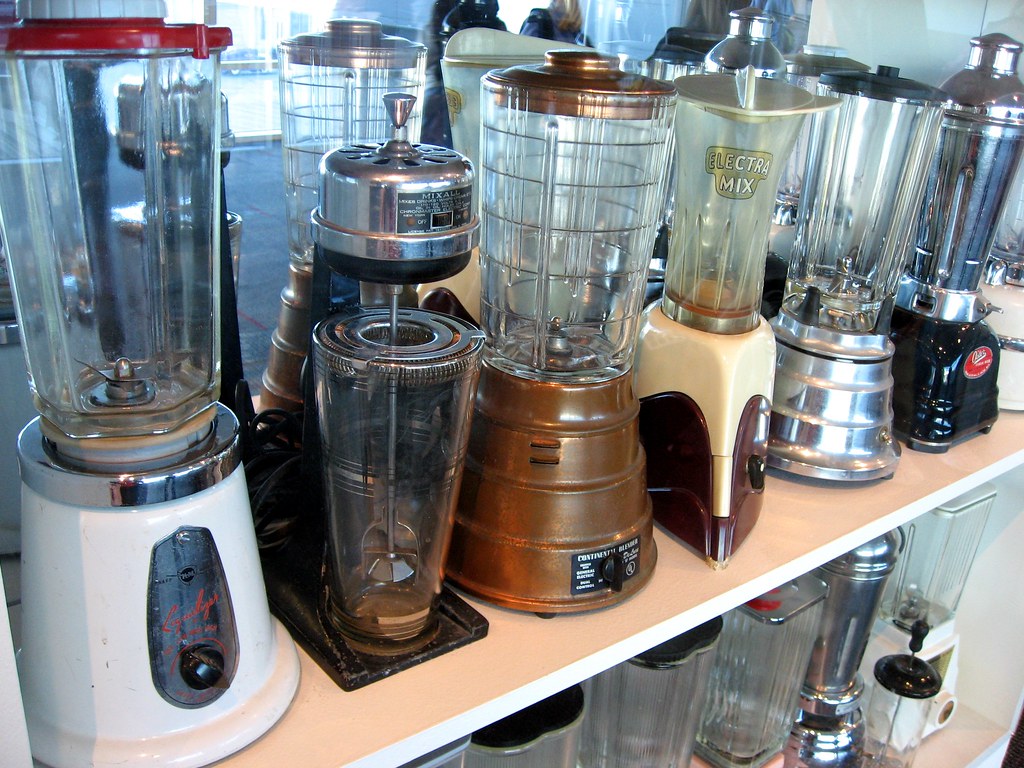
Beyond the internal mechanisms, the sheer power of these new-age blenders is transformative. High-powered motors, often exceeding 1,000 watts, are engineered to pulverize even the toughest ingredients with enhanced efficiency. This raw power, coupled with intelligent controls, means that rock-hard ice cubes can be transformed into snow in mere seconds, a feat that home units simply cannot match. This fusion of brute force and intelligent finesse is what defines the next generation of blending technology.
A significant leap forward in user interaction is the integration of remote monitoring and recipe selection through intuitive touchscreens and dedicated applications. This connectivity allows users to control their blending settings from virtually anywhere, granting unprecedented flexibility. The machine’s intelligent systems then take over, adjusting to the specific ingredients in real-time. This level of automated control promises consistent results, making users wonder how they ever managed with the cumbersome limitations of manual settings. Furthermore, this enhanced precision in breaking down food more effectively contributes directly to a more nutrient-rich diet, aligning with the growing consumer demand for healthier options.
The sophistication extends to advanced control systems and programming options that have truly revolutionized kitchen routines. These systems deliver ideal results through a combination of automatic adjustments and intuitive programming. Modern, high-performance models feature precision controls that adapt to ingredients in real-time, offering a suite of preset programs for diverse applications ranging from refreshing smoothies to piping hot soups. Crucially, they also allow for custom blending cycles that operators can program themselves, providing unparalleled versatility and control over the final product.
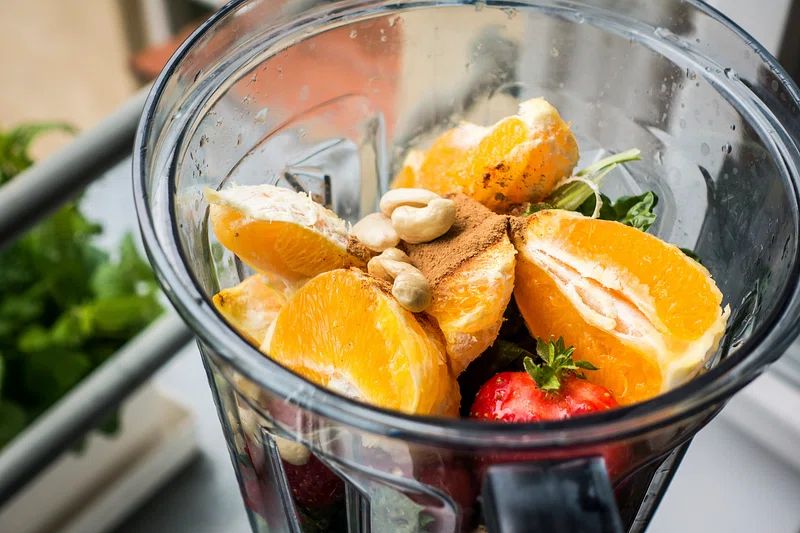
The smart sensors embedded within these machines are the unsung heroes, diligently detecting consistency and texture. This real-time feedback loop enables the blender to automatically tweak speed and timing, guaranteeing perfect results every single time. Coupled with user-friendly interfaces, often featuring responsive touchscreens and clear feedback displays, operators gain unprecedented control at their fingertips. These intelligent blenders even possess the capability to remember favorite recipes and settings, ensuring that the perfect blend is achieved consistently, whether the user is a kitchen novice or a seasoned professional. Many high-performance blenders further elevate this versatility by offering more than 10 variable speeds, allowing for even finer control over blending outcomes.
The concept of automatic speed adjustments has become the cornerstone of precision blending technology. Contemporary smart blenders are engineered to intuitively adapt to whatever is being blended, leveraging dynamic speed ranges, typically from 1 to 5, to expertly handle everything from creating silky-smooth purees to preparing chunky salsas. These machines are designed to eliminate guesswork. Smart auto cycles automatically adjust blending time and speed based on the ingredients’ consistency, freeing the operator from constant oversight.
Built-in timers provide constant feedback, counting up during operation so that the user always knows precisely how long the blending process has been underway. The true game-changer, however, lies in the advanced technology that powers these intuitive interfaces and preset programs, consistently delivering perfect results. This level of automation ensures that whether a user is a culinary novice or a seasoned expert, perfect blends are guaranteed without the need for constant manual adjustments, democratizing access to professional-grade blending capabilities.
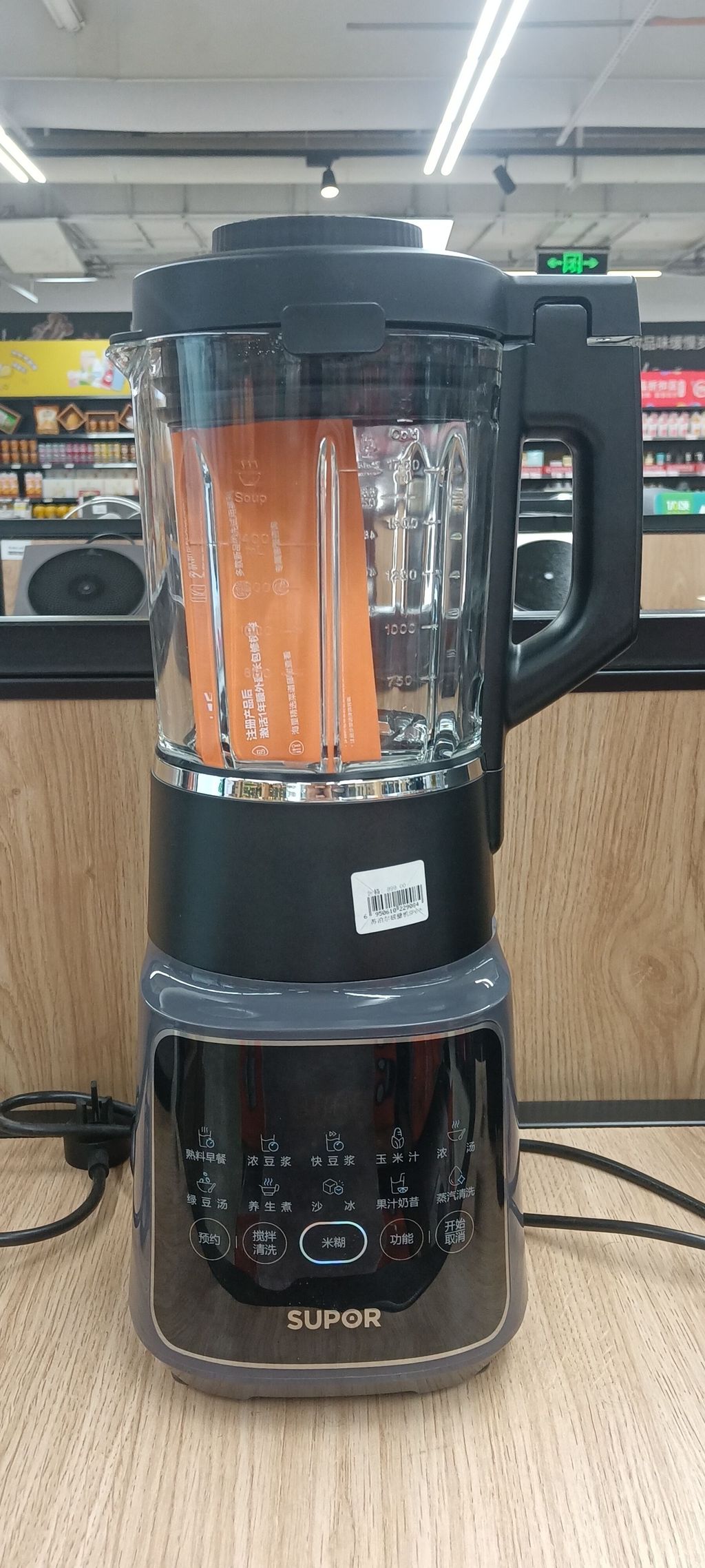
Sensor technology is revolutionizing the interaction with modern blenders, placing both safety and precision firmly in the user’s hands. Today’s smart blenders incorporate sophisticated load sensors that are capable of detecting the density of ingredients. This crucial information allows the machine to automatically adjust its power output, ensuring ideal results. This transformation of basic blending into a precise science is powered by precision automatic controls and preset programs that consistently hit the mark for texture and consistency.
Safety features are equally impressive, integrating seamlessly with the advanced technology. Auto shut-off mechanisms are designed to prevent overheating during each blending cycle, safeguarding the equipment and the ingredients. Furthermore, lock sensors meticulously ensure that the jar is properly secured before any operation can commence, preventing accidents and spills. What’s truly transformative is the way these sensor technologies respond dynamically to variations in ingredient load. The blender essentially “thinks for itself,” meticulously adjusting speed and duration to deliver perfect texture without requiring constant supervision. This represents smart blending executed flawlessly.
The evolution of modern blending technology has culminated in a precision-driven powerhouse, where intelligent power management seamlessly merges with surgical control. The latest high-performance blenders feature energy-efficient motors coupled with smart sensors, designed to deliver optimal results while intelligently managing power consumption. This isn’t just about blending; it’s about smart resource utilization.
Precision automatic controls are central to this new paradigm. These machines don’t merely blend; they actively analyze and adapt. They meticulously adjust blending speed based on the specific types of ingredients, from the delicate nuances of berries to the demanding challenges posed by tough nuts. Dynamic speed ranges empower users to fine-tune every blend, achieving the exact desired consistency, while thoughtfully designed preset programs simplify common recipes, taking the guesswork out of daily preparations. The game-changing aspect is the automatic load detection feature. When faced with thick mixtures or particularly challenging ingredients, these smart systems modify their operation in real-time. It’s akin to having a professional chef meticulously monitoring your blend, ensuring perfect consistency every single time, elevating the humble smoothie or shake to an art form.
Product on Amazon: Blendtec Professional 800 – Blender with WildSide+ Jar (90 oz) for Smoothies & Frozen Drinks – Quietest Professional-Grade Power – 11-Speed Touch Slider – Easy to Clean – Black
Brand: Visit the Blendtec Store
Price: 799.95 USD
Rating: 4 Total reviews: 435
Color: Black
Special Feature: BPA Free
Capacity: 5.6 Pounds
Product Dimensions: 21.73″D x 14.25″W x 12.76″H
Shopping on Amazon >>

This integration of robotics, advanced sensors, and intelligent programming into the quick-service beverage industry signals a profound shift. It moves beyond just convenience, speaking to a future where customization, precision, and operational efficiency are not just desirable traits but fundamental expectations. The automated smoothie kiosk at Jamba and the underlying smart blending technologies represent a significant step in this direction, promising a future where fresh, healthy, and perfectly crafted beverages are accessible anytime, anywhere, with unprecedented consistency and speed. This is the dawn of a new era in food service, where technology serves as the invisible architect of a healthier, more efficient, and undeniably more exciting culinary landscape.
The robotic revolution extends far beyond a single co-branded kiosk. Indeed, Jamba’s pioneering venture with Blendid serves as a powerful testament to a much broader technological tidal wave sweeping across the quick-service industry. We are witnessing the maturation of an entire ecosystem of automated vending solutions, each engineered to redefine convenience, elevate health, and optimize operational footprints. These aren’t simply upgraded vending machines; they are sophisticated, self-contained beverage factories poised to infiltrate every facet of our public lives.
Consider the Hommy HM160A, an automatic smoothie vending machine designed to deliver delicious and healthy smoothies in a mere 40 seconds, utilizing real frozen fruit. This ingenious device redefines user interaction with its dual touchscreens: a 25-inch customer display for browsing options and enticing fruit flavor photos, and a 13.3-inch internal screen specifically for operators to manage blending data, track water/milk usage, and monitor cleaning efficiency and blend cycles. It exemplifies the blend of advanced user interface and powerful back-end control necessary for seamless operation in high-traffic environments.
Inventory management, a traditional headache for many businesses, is streamlined with features like an integrated QR Code Scanner. Each cup carries a unique QR code, allowing the machine to accurately track sales and usage, providing operators with a clear, immediate overview of performance. This level of granular data collection extends to remote machine management, enabling owners to monitor sales data and machine performance from afar, ensuring proactive maintenance and informed inventory decisions. The Hommy HM160A even boasts automatic UV sterilization, a critical hygiene feature that eliminates bacteria and viruses within the machine, ensuring the highest standards of cleanliness.
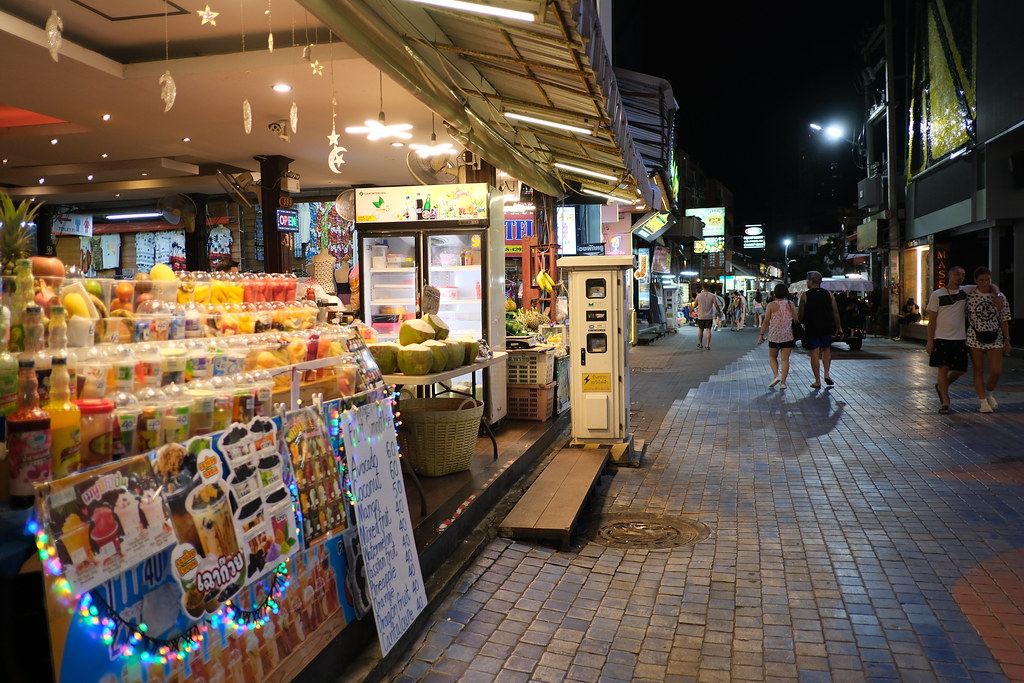
Another innovative player in this burgeoning field is the VendLife Smoothie Vending Machine, model HYJ-XN026, engineered to revolutionize refreshment in public spaces, gyms, shopping malls, schools, and offices. This smart, automatic smoothie maker stands out for its speed, delivering drinks in under a minute with a high-speed blending motor spinning at 20,000 RPM. Its fully automatic operation means no manual steps; simply a one-code recognition system, automatic water addition, and self-stirring, making the process effortless for the consumer.
Like its counterparts, the VendLife machine prioritizes hygiene with self-cleaning technology that uses high-pressure water to clean blades after every use. It even includes an anti-pinch pickup door with a sensor for added safety, demonstrating a comprehensive approach to both user convenience and operational security. What’s particularly compelling about the VendLife unit is its flexible ingredient compatibility, allowing for milk, coconut water, yogurt, and diluted sugar water, significantly expanding the range of possible beverage creations. Despite its advanced capabilities, it maintains a compact design, weighing only 40kg, making it highly adaptable for various locations.
And then there’s the broader category represented by the “Fresh Smoothie Vending Kiosk,” which exemplifies the full potential of these next-generation units. These machines transcend the traditional vending paradigm by being capable of storing up to eight unique ingredients that can be mixed and matched for literally thousands of different drink combinations. They often feature dynamic digital-video touchscreens that serve not only as the menu system but also as advertising displays, capable of showing local RSS news and weather, transforming a simple transaction into an engaging multimedia experience.
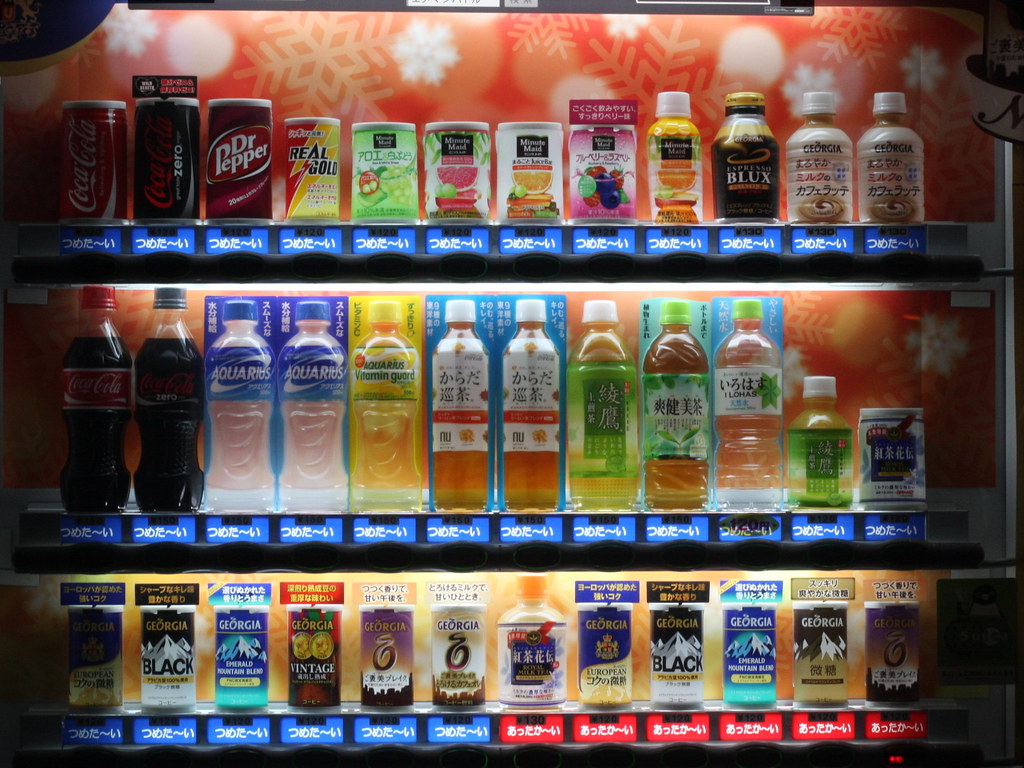
Crucially, these advanced vending solutions share a common, powerful characteristic: they are 100% self-contained, requiring no water lines or floor drains. This remarkable autonomy means they can be moved freely to capitalize on fluctuating foot traffic or seasonal demand, enabling operators to always position them for better profit. They offer multiple serving size options and robust remote monitoring capabilities, including automatic shutoff sensors, emphasizing both operational flexibility and unparalleled safety. This comprehensive suite of automated vending machines signifies a fundamental shift, creating a new landscape of on-demand, health-focused beverage service.
Beyond the technological marvels, the true driving force behind this automated refreshment revolution is a compelling economic imperative. These advanced vending solutions are poised to significantly reduce operational costs, addressing some of the most persistent challenges faced by quick-service food businesses. The most striking advantage is the elimination of expensive store rent fees and a drastic reduction in staffing costs, as these machines inherently operate with low overhead, requiring no employees, leases, or traditional receivables. The human element is streamlined to a single person responsible for regularly replenishing materials, transforming the business model into a highly profitable and cost-efficient opportunity.
The scalability inherent in these automated systems presents a transformative growth pathway for businesses. Operators can start with single-unit licenses for machines like the Fresh Smoothie Vending Machine and expand incrementally. For those envisioning an expansive route or regional territory, multi-unit options are readily available, facilitating rapid market penetration. Even established chains can leverage custom-branded vending kiosk solutions, with minimum orders typically at 10 units, to seamlessly integrate these automated kiosks into their existing business strategies, extending their brand reach into previously untapped locations. This flexibility allows for unparalleled market adaptation and growth.
The return on investment (ROI) is equally compelling. Consider the high-performance commercial blenders by Juicernet, such as the Kuvings CB1000 and CB980, which are integral to many of these automated setups. While comparable quiet blenders can exceed $2,300, Juicernet maintains aggressive pricing, offering a heavy-duty industrial blender at a competitive cost. The math is simple and persuasive: by selling just two $7 smoothies per hour, a machine can cover its initial cost in under eight weeks. This rapid payback demonstrates the significant profit potential and robust financial viability of investing in this automated technology.
Product on Amazon: KOIOS Smoothie Blender, 900W Personal Blender for Shakes and Smoothies Kitchen with 2 No-BPA 22oz Portable Cups, Single Serve Smoothies Maker Mixer for Juices, Nutritious Recipe, Sliver
Brand: Visit the KOIOS Store
Price: 30.99 USD
Rating: 4.3 Total reviews: 2229
Color: Sliver
Special Feature: Removable Blade
Capacity: 1300 Milliliters
Product Dimensions: 4.6″D x 4.6″W x 13.58″H
Shopping on Amazon >>
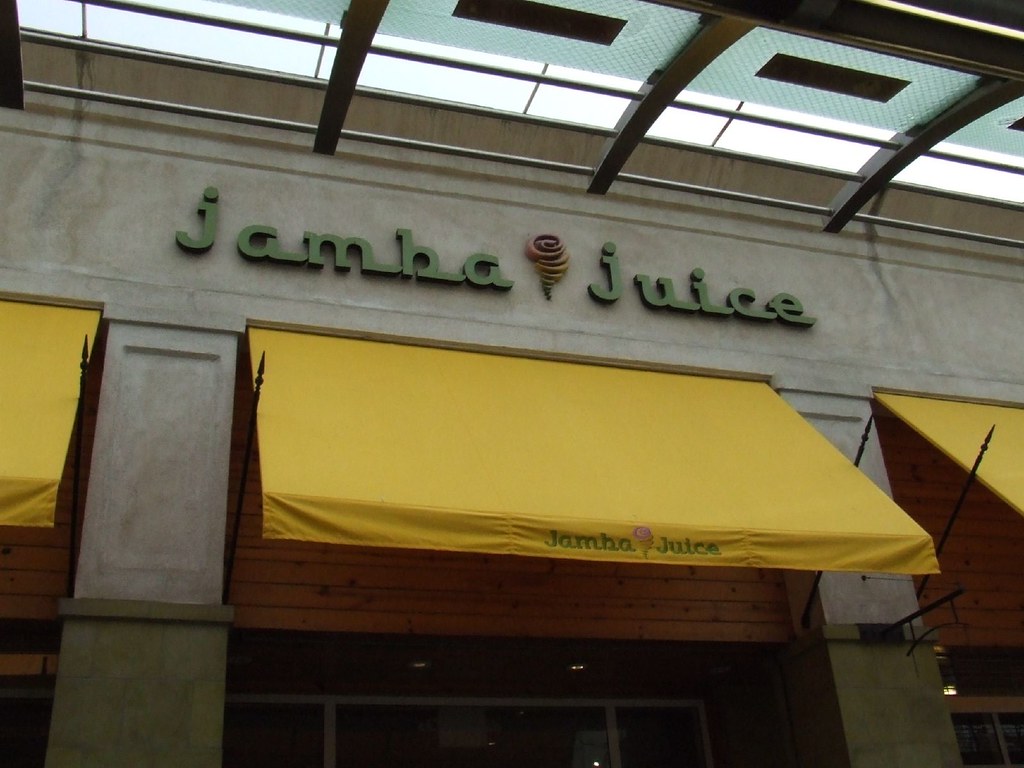
Jamba’s strategic alignment with Blendid perfectly encapsulates this economic foresight. Jamba President Geoff Henry articulated this vision, stating, “We see an opportunity to get Jamba into more locations, make it even more accessible, and create solutions where our team members can leverage the latest in technology to efficiently serve our guests.” This isn’t about replacing the human workforce entirely, but rather optimizing it, empowering staff to focus on higher-value tasks while the technology handles the repetitive, precision-intensive work, ultimately enhancing efficiency and accessibility on an unprecedented scale. It is a win-win scenario, benefiting both operators seeking increased profitability and consumers desiring greater convenience.
The precision and automation baked into these systems also bring a profound health dividend, addressing the growing consumer demand for nutrient-rich, plant-forward options. These machines excel in utilizing real frozen fruit and fresh ingredients, ensuring that what customers receive is not only convenient but also genuinely wholesome. The meticulous engineering behind these blenders and vending units guarantees a product that retains its nutritional integrity and vibrant flavor, offering a clear advantage over many traditional prepared beverages.
One of the most significant advancements contributing to this health advantage is vacuum blending technology, exemplified by units like the Kuvings CB1000. By removing air before the blades begin to spin, this process dramatically slashes oxidation. This means drinks boast richer color, silkier texture, and, remarkably, a longer shelf life. Independent research has demonstrated that vacuum blenders can preserve up to three times more vitamin C and 60% more antioxidant activity after eight hours compared to standard blending methods. This is a game-changer for nutrient retention, ensuring consumers receive the maximum health benefits from their smoothies.
Furthermore, the exact blending parameters facilitated by these automated systems, such as the QR code recognition system on the Hommy HM160A, ensure unparalleled precision. This scanner system can recognize specific information encoded in the QR code, including the precise filling amount of water, blending speed, and blending time, allowing the machine to craft smoothies tailored to different flavors and consistencies. This level of precise control, whether through QR codes or pre-set programs, means that the nutrients from the real fruit are broken down more effectively, leading to a more nutrient-rich diet with every sip. The consistent fresh taste and healthy ingredients are paramount, meeting the desires of a health-conscious populace seeking convenient, yet nutritious, on-the-go options.
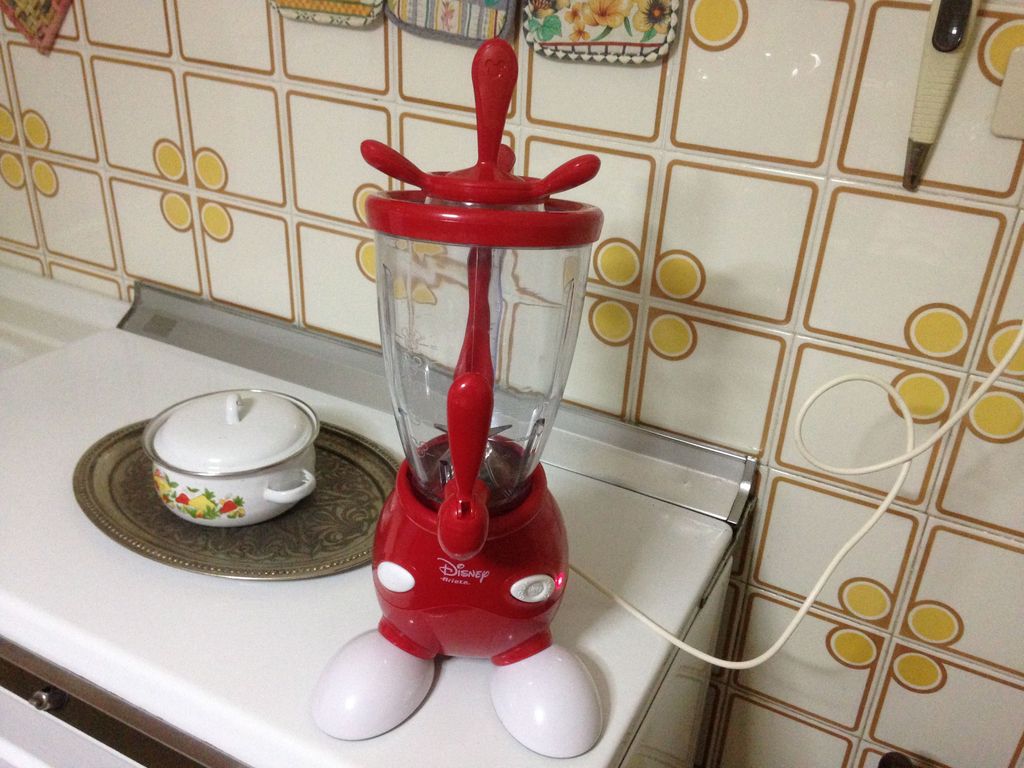
The emergence of these sophisticated automated smoothie blenders and vending machines paints a vivid picture of the future of food service—a future defined by seamless automation, profound personalization, and an unwavering commitment to health and sustainability. The integration of robotics, advanced sensors, and intelligent programming into the quick-service beverage industry signifies a fundamental shift, moving beyond mere convenience to establish customization, precision, and operational efficiency as the new baseline expectations.
Automation, as seen in these 24/7 available units, democratizes access to professional-grade blending capabilities, ensuring that everyone, from the culinary novice to the health enthusiast, can enjoy perfectly crafted beverages without constant manual adjustments. This unparalleled access is coupled with extreme personalization. From choosing specific smoothie flavors on a touchscreen to accommodating various cup sizes (14oz or 16oz PET food-grade cups) and offering thousands of drink combinations derived from up to eight unique ingredients, these machines empower consumers to truly tailor their health drinks to their exact preferences.
The focus on sustainability and hygiene is also a critical component of this evolution. The self-cleaning mechanisms, like the high-pressure water systems and UV sterilization, ensure impeccable hygiene after every blend, reducing waste and maintaining product integrity. The use of BPA-free Tritan jars and safety features like anti-pinch doors and load sensors, which enable efficient power management, underscore a holistic approach to responsible operation. This isn’t just about blending; it’s about smart resource utilization and creating a cleaner, safer consumption experience.
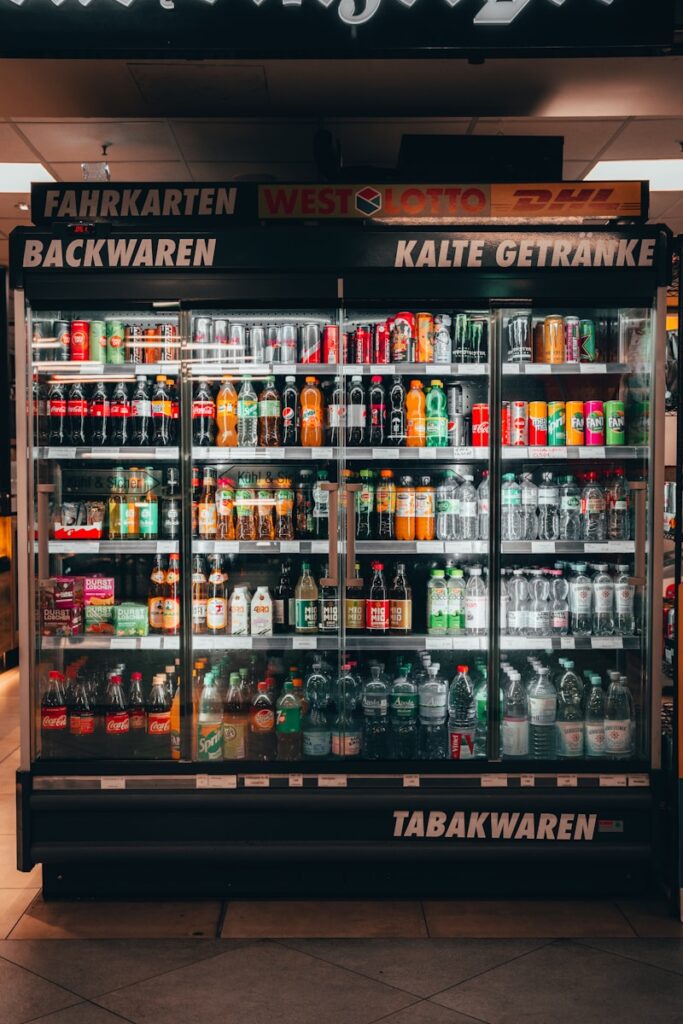
The inherent mobility of these self-contained units, capable of being moved for better profit without requiring dedicated water lines or floor drains, signals a dynamic new business model. This flexibility allows operators to swiftly adapt to market demands and capitalize on transient opportunities. It’s a testament to the ingenuity that is reshaping how we conceive of retail food and beverage service, pushing it towards a more agile, responsive, and ultimately more profitable future.
In essence, the automated smoothie kiosk at Jamba and the underlying smart blending technologies that power it and other vending solutions represent a significant stride towards a future where fresh, healthy, and perfectly crafted beverages are accessible anytime, anywhere, with unprecedented consistency and speed. This is more than just a trend; it is the dawn of a new era in food service, where technology acts as the invisible architect of a healthier, more efficient, and undeniably more exciting culinary landscape, making personalized nutrition a reality for all.



